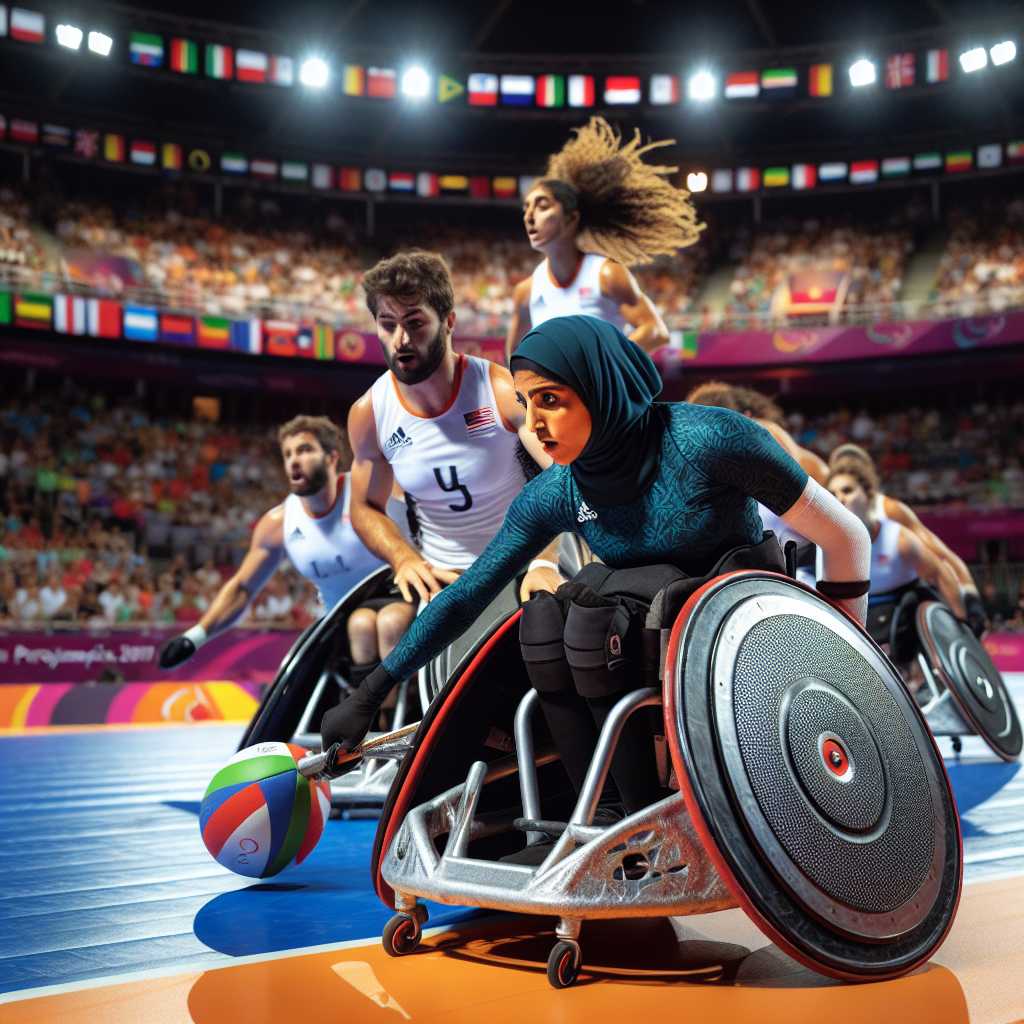The Paralympic Games: A Beacon of Inclusivity and Greatness in Sport
The Paralympic Games stand as one of the most inspiring sporting events in the world, showcasing the resilience, determination, and athleticism of individuals with disabilities. They are not merely a parallel to the Olympics; the Paralympics have established their legacy, breaking down barriers and offering a platform for para-athletes to excel. From its inception to its impact on society, this article delves into the history, ideals, and influence of the Paralympic movement.
Origins of the Paralympic Movement
The story of the Paralympics is one that resonates with the power of human spirit overcoming adversity. Initially a small gathering for World War II veterans with spinal cord injuries in 1948, the Stoke Mandeville Games in England are often recognized as the precursor to today’s global event. It was not until 1960 that the first official Paralympic Games took place in Rome, immediately following the Olympics. Over time, this extraordinary event evolved into a testament to inclusivity, nurturing hope and driving innovation for differently-abled athletes around the world.
Sports Discipline and Classifications
One key aspect of the Paralympics’ unique nature lies in its structured classifications system. The classifications provide a fair and equal playing field for athletes with a range of physical, visual, and intellectual impairments. These categories ensure that athletes compete against those with similar levels or types of disability, from amputations and visual impairments to cerebral palsy and spinal cord injuries. The sports program has expanded over the years and now includes an enthralling mix ranging from classics like athletics and swimming, to team sports like wheelchair rugby and Paralympic football.
Technological Advancements in Paralympic Sport
The progress in sports technology has been monumental within Paralympic disciplines. Innovations in prosthetics, wheelchairs, and adaptive equipment have not only made sports more accessible but have increased the level of competition and excitement. Technological breakthroughs have led to enhanced performances, simultaneously advancing public interest and acceptance.
Paralympics Influencing Broader Social Attitudes
The phenomena of the Paralympics transcend sports, contributting significantly to shifting societal perceptions towards disability. Through their astonishing achievements underpinned by inspiring personal stories, para-athletes serve as powerful role models. This broad impact nurtures inclusivity beyond sporting venues into education, policy-making, urban planning, and mindsets across cultures worldwide.
The Inclusion Dilemma: Physical vs. Intellectual Disability at Paralympics
While the Paralympics strive for inclusivity, certain challenges persist regarding balance and representation among different types of disabilities. Athletes with intellectual disabilities have historically found it harder to gain equitable inclusion due to concerns about fair categorization and competition integrity. The movement’s ongoing endeavor is to continuously refine classification systems to ensure all athletes are granted their rightful place and recognition on the global stage.
Economic and Infrastructural Impacts of Hosting the Paralympics
Just like their Olympic counterparts, hosting cities of the Paralympics take on substantial commitments with hopes for long-term benefits. Hosting requires extensive preparation ensuring accessibility standards are met or surpassed—a task that can drive progress towards better infrastructure universally useful for persons with disabilities. Economic impacts can also be particularly positive if organizing committees successfully leverage increased awareness and tourism associated with such events.
Marketing and Commercial Success: Media Coverage of the Paralympics
The marketing dynamics surrounding the Paralympics have seen transformative change over recent editions of the Games. Media coverage—and thus worldwide exposure—has grown significantly, helping attract sponsorships and commercial interests that are vital for the sustainability of many sports. This trend signals greater mainstream acceptance expanding commercial prospects crucial for athlete development and supports systems.
Notes
Image Description
An image illustrating a high-speed moment during a wheelchair rugby match at a brightly-lit Paralympic arena. The focus is on intense concentration visible on an athlete’s face while navigating deftly among competitors, a depiction of drive inherent within these games. Further reinforcing vigor in action are spectators visibly engrossed and cheering from stands adorned with country flags signaling international unity rooted within Paralympic spirit.
